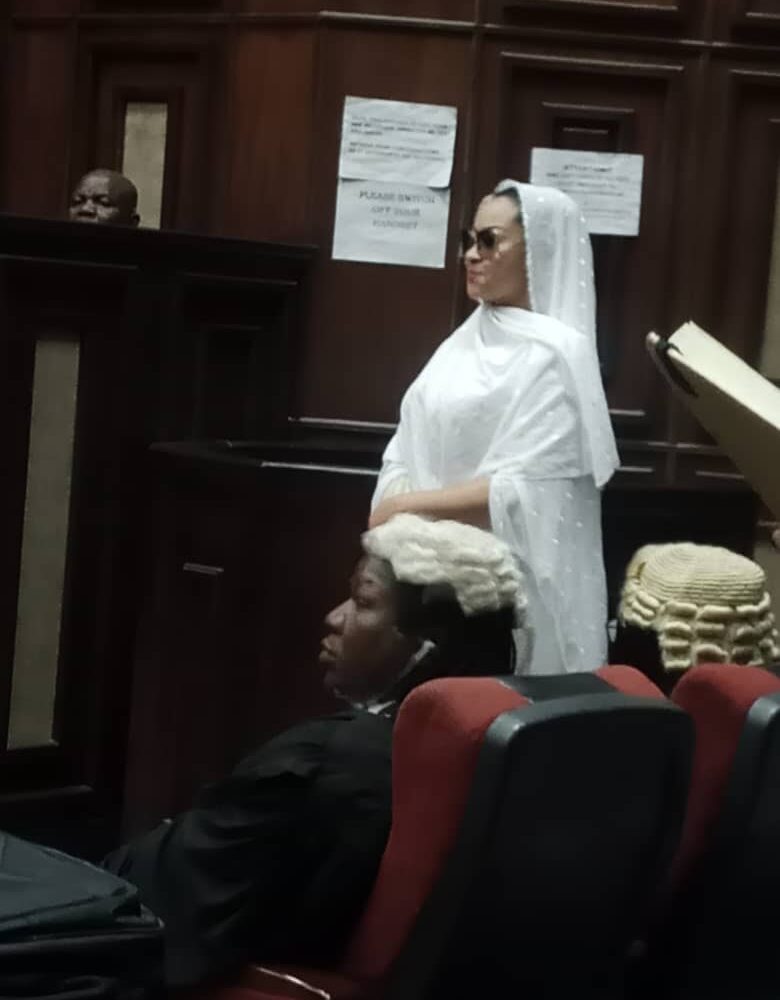All over the world, the Air Force is the power base of the military, modern warfare is fought in the air, the land forces merely “clear the debris.”
The ongoing Israel and Palestine Conflict is a testimony of what modern warfare looks like. Israeli military has recorded very huge and significant “victory” over Hamas terrorist group without deploying soldiers on foot into the Palestine territory simply because of strong Air Force backed by equally strong land troops and especially advanced technology.
In Nigeria, however, our Air Force is the weakest link of the armed forces.
It is unexplainable that within three months the Nigeria Air Force has lost three of its planes. More confounding is the fact that Nigerian authorities are clueless as to why the situation persists.
Nigeria government in the last six years has been in frenzy with regards to “acquiring” new technologies and especially aircrafts for the country, yet we keep losing precious airmen as if it was normal.
Taking stock of the last three air disasters involving Nigeria Military carriers reveals an unfortunate pattern enmeshed in an unfeeling corrupt cabal within a government that obvious gives no hoot if all the plane in its fleet crashes provided the Presidential Jet in unaffected.
On Friday night, the nation’s Chief of Army Staff (COAS), Lt. Gen. Ibrahim Attahiru and 10 other military personnel perished at the Kaduna International Airport in an air crash involving a NAF Beachcraft 350 aircraft which burst into flames after it crash landed just few metres to the runaway.
According to the Spokesman of the Nigerian Air Force, the “air crash involving a Nigerian Air Force aircraft occurred this evening near the Kaduna International Airport. The immediate cause of the crash is still being ascertained. More details to follow soon,” the same story that has always been told each time the recurrent decimal takes place.
The latest crash is the third in the unfortunate series of crashes involving NAF planes with no convincing explanation as to what happened and how future crashes could be avoided.
On Sunday, February 21, 2021, another NAF Beechcraft KingAir B350i aircraft crash landed just before the runway of the Nnamdi Azikiwe International Airport, Abuja killing all seven NAF personnel onboard. The crew of the ill-fated plane was said to had earlier reported engine failure.
In yet another unfortunate and perhaps the most painful accident involving NAF aircraft, on Wednesday, March 31, 2021, an Alpha-Jet aircraft that was in the battlefront in the endless war against Boko Haram terrorists and the Islamic State West Africa Province (ISWAP) was lost and till today nothing has been heard about what happened to that jet or its crew.
While the insurgents claimed responsibility for downing the fighter jet, the Nigerian military denied the “shutdown” story, but has been unable to give a credible alternative explanation to what happened to aircraft or its tow pilots.
Just within three months a total of 20 Nigeria military personnel have lost their lives to air accidents that cannot be explained.
Nigeria’s Vice President, Yemi Osinbajo on two occasions escaped death by whiskers when his chopper went down. First in June 2017 when the presidential chopper crashed after take-off in Gwagwalada town in the FCT and on February 2019 when the VP’s chopper once again went down in Kabba, a sleepy town in Kogi State. The VP is the real cat with nine lives obviously
The above sad fortune of the Nigeria armed forces has led to questions being asked about the safety of military aviation in the country, as civil aviation has recorded no crash involving commercial flights in about a decade now, thankfully.
What could be responsible?
On Wednesday August 30, 2017, the Nigerian Accident Investigation Bureau (AIB) released its report on the Nigeria Police Helicopter that crashed in a village near Jos, Plateau State that killed the then newly promoted Deputy Inspector General of Police, Haruna John and three other police personnel including the pilot of the chopper.
The report of the AIB was startling as it was revealing. That report gave insight into what may be happening to the Nigeria military as far as the recurring air crashes involving its aircrafts is concerned.
According the details of the AIB’s report presented by its Commissioner, Akin Olateru at the bureau’s headquarters at Murtala Muhammed International Airport in Lagos, the two pilots, Assistant Commissioner of Police, Garba Yelwa and Alexander Pwol-ja (co-pilot) that were in charge of the helicopter had no business flying the chopper as at the time it crashed. Both pilots were not qualified to man the aircraft; they had no adequate training on the aircraft in line with global aviation rules.
According to the AIB report, Yelwa’s medical certificate and simulator recurrency had expired at the time of the crash, while the co-pilot was not equally type-rated on the helicopter brand, meaning that he did not have the proper certification to pilot the helicopter. It beats all imaginations that the Nigeria armed forces put two of its personnel with no adequate training or know-how of a plane on the cockpit, more so as the bird was to ferry one of its most senior officers.
Also, the reported revealed that the engineer that released the helicopter prior to the flight was similarly unqualified!
The report revealed that the engineer did not have the necessary type-training and type-rating for the aircraft type he released to embark on the journey that eventually claimed the lives of the DIG, his orderly and the two unqualified flight crew. Imagine calling a radio technician to fix your car.
Nine years after that watershed AIB report, military aviation in Nigeria seem to have taken a deeper dip into chaos.
Despite the fact that the AIB, in its safety recommendations, called on the Nigeria Police Force, and by extension the military to provide the proper funding, to carter for proper training of its personnel and to provide a conducive working environment, and develop and implement a robust training program for its technical and operational personnel with adequate supervision and approved equipment to enhance safety, the question remains which part of that report was not clear to the authorities or have been implemented by our armed forces?
From all indications, the situation has obviously worsened. If not why would the Nigeria military lose 20 of its bright stars within a space of three months in air crashes and nobody is taking responsibility?
It is only in Nigeria that military and police vehicles breakdown on the roads with reckless abandon! They have started treating our military aircrafts like patrol vans.
I can imagine the people in charge of maintenance of these aircrafts wondering while the government will be “spending such huge amounts of dollars to carry out routine maintenance on a plane that is not broken down.”
While Nigeria top military brass and the police high command build mansions in choice areas across the capitals of Nigeria, buying palatial villas in Dubai and London, the work tools of our armed forces become decrepit, warn out and thereby exposing service men to their untimely deaths.
This inability to get Nigeria airpower to function obviously explains why the Boko Haram insurgents and bandits are fast overrunning parts of the country, or how else can one explain why a ragtag militia men on motorbikes can continually inflict such mortal blows on the Nigeria military.
The Federal Government should for once take responsibility, take charge and abide by the rule books in handling security in the country by ensuring that proper steps in line with international aviation safety regulations are taking to save our military personnel from the flying coffins that our armed forces planes have become.





